Sometimes, after the birth of a long-awaited baby, the mother is left with a scar on her body after a caesarean section. It looks extremely unattractive, so women strive to either get rid of it completely or make it invisible. You will learn how to remove a scar after a caesarean section from this material.
What are the types of scars?
As you know, a caesarean section is performed as prescribed by a doctor if a woman for some reason is unable to give birth on her own. The incision can be made in different ways. If this is a planned operation, then doctors make a laparotomy - an incision across the wall of the uterus and abdominal cavity.
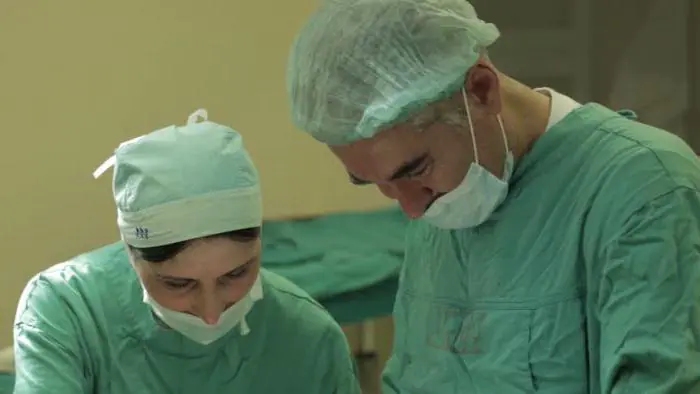
When the operation is completed, ligatures are placed on the uterus, and the abdominal wall is sutured, resulting in a suture being formed in the natural folds of the skin. At first it is too noticeable and looks very unpleasant, but then the scar heals. Ultimately, the scar after surgery becomes almost invisible over time.
But sometimes childbirth can be accompanied by unusual situations or consequences. For example, if the mother experiences severe bleeding or the child experiences hypoxia, the incision is made vertically. Over time, such a suture after a cesarean section becomes thicker and looks unsightly.
Quite often, after such an operation, young mothers’ stomach begins to sag above the incision site. To get rid of this, you need to keep your muscles toned and perform a special set of exercises. You need to start doing this not immediately after giving birth, but after recovery, after about a few months.
Surgical removal
A scar after a cesarean section is ideally sutured with thin catgut; this is a special organic material based on sheep veins that quickly dissolves. It will not need to be removed later. When the edges of the wound heal, it remains almost invisible.
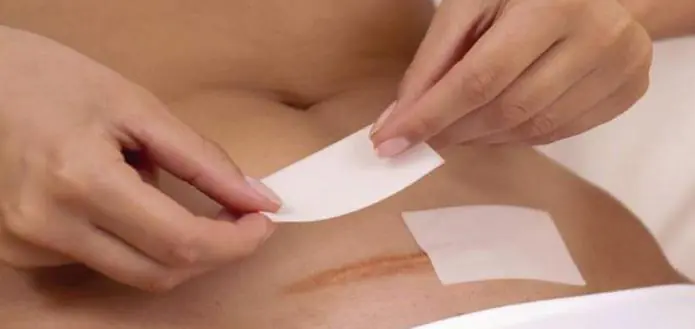
In cases where the suture after a cesarean section is placed carelessly by doctors, infection can get into the wound, and the risk of forming a keloid scar increases. It is a wide, convex scar of a purple or bluish tint.
It can be removed surgically by excision, then a thin cosmetic suture is applied. If healing proceeds normally, then the scar after a cesarean section will be almost invisible after a year.
Methods
In many countries of the world, during a caesarean section, the peritoneum is cut along the so-called white line - the central part of the abdomen, located vertically. All the key muscles converge on it, so the consequences of the operation will be almost invisible.
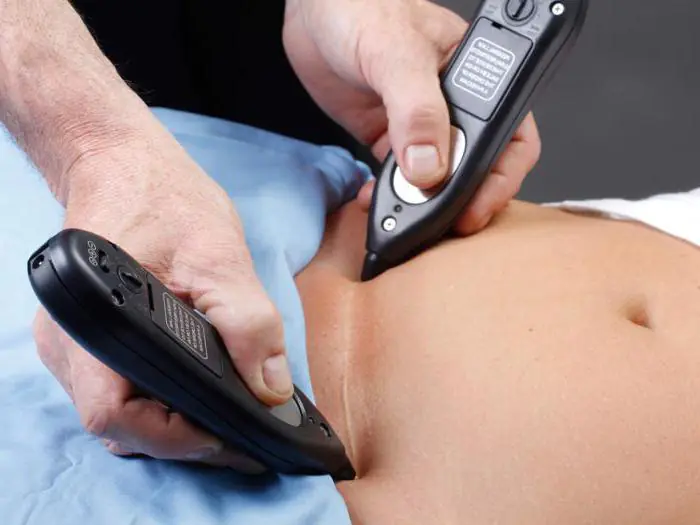
Laser removal
Resurfacing scars is a more humane way to get rid of them compared to surgery. Most often it is carried out using the laser method. Thin layers of connective tissue are removed from the scar. Align the incision area. Visually it becomes almost invisible. But to achieve a noticeable effect, you should undergo about 10 sessions.
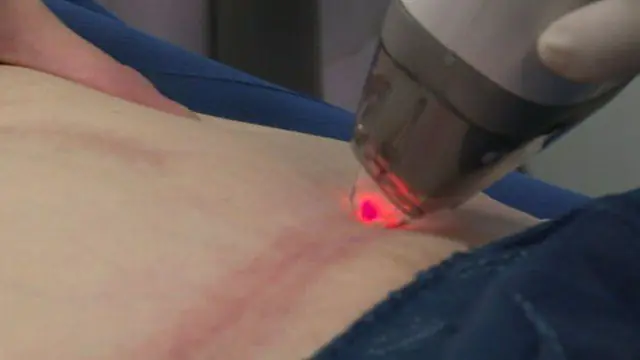
Peels and disguise
Many young mothers prefer superficial or deep peeling in order to disguise post-operative scars. In this case, fruit acids act on the skin. In terms of efficiency, this method is significantly inferior to the previous ones, but it is more economical, and sometimes its results can be very good.
In cases where, after a cesarean section, cosmetic measures were not immediately taken to eliminate a possible defect, the scar may remain for a very long time and have an unattractive appearance. You can't remove it either. In such cases, many women get tattoos in its area so that the scar after a cesarean section is not visible against their background.
Means for influence
In addition to surgery, peeling and polishing, you can use a special ointment for scars, which promotes their rapid resorption. Most often they use Actovegin or Solcoseryl. Both ointments for scars act on the same principle: the rough tissue at the site of the scar dissolves and the lines become softer. Its convexity decreases, and it will no longer be so noticeable.
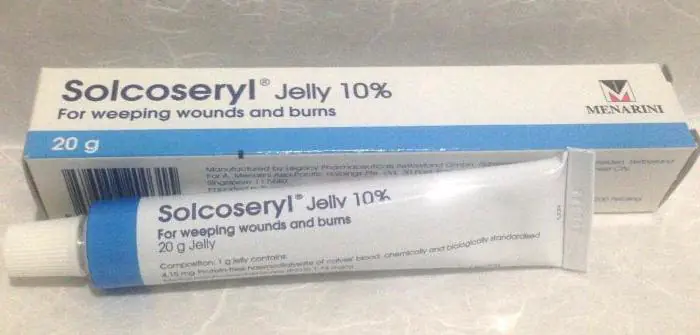
Absorbable medications should begin to be used after the scar has completely healed. The sooner you start treatment, the more effective its results will be. However, it will not be fast. You need to be patient, make special applications regularly and not miss sessions. In addition, you should not forget about strengthening the abdominal wall, and also ensure that the skin is elastic and tight.
Treatment is accompanied by the parallel use of special creams and ointments for tightening and strengthening. Don't forget to exercise every day and get massages. All this will speed up the healing process.
Fighting keloids and rough scars
Fresh scar most often has a strong blue color with a purple tint. Then it begins to fade, acquiring a flesh-colored tint. If after a cesarean section a keloid or very rough scar remains, then it is better to choose special drugs to combat it.
One of the well-known remedies is Contractubex, applied to the scar after a caesarean section immediately. Its peculiarity is the rapid resorption of scars, even very rough ones. Moreover, the product can fight not only fresh scars, but even long-term ones that you previously had no time to deal with for one reason or another.
Naturally, the treatment will not be quick either, but if all the requirements are properly met, it will turn out to be very effective.
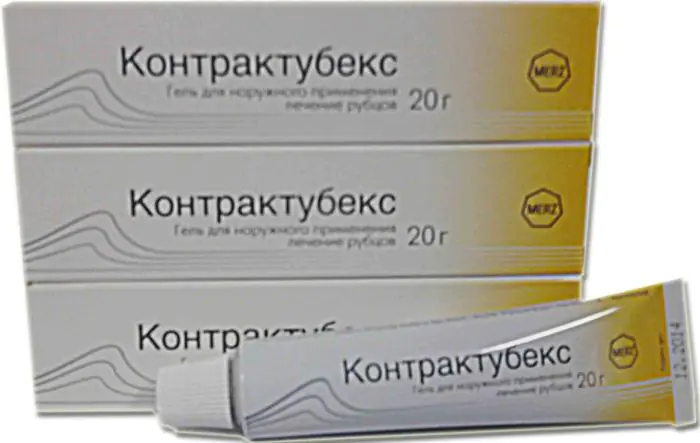
Physical education as a way to combat scars
Even if after childbirth the scar remains very thin and small, the woman may still be unhappy that the walls of her abdomen are sagging. In this case, it is best to go in for sports.
It is recommended to start with pumping up the press after the permission of the gynecologist. We rarely talk about the gym, since young mothers have practically no time for it, but five minutes a day can be allocated for simple exercises, for example, when the baby is sleeping.
Naturally, your stomach will not immediately become flat as before pregnancy. Exercise may sometimes be painful, but it is good for your health. Physical exercise and a postpartum bandage will help you regain your previous shape and fit over time. But the internal organs will be securely fixed through a strong muscle wall. This will prevent them from drooping in the future, you will also get rid of folds, and the seam itself will not be visible unless you look closely at it.
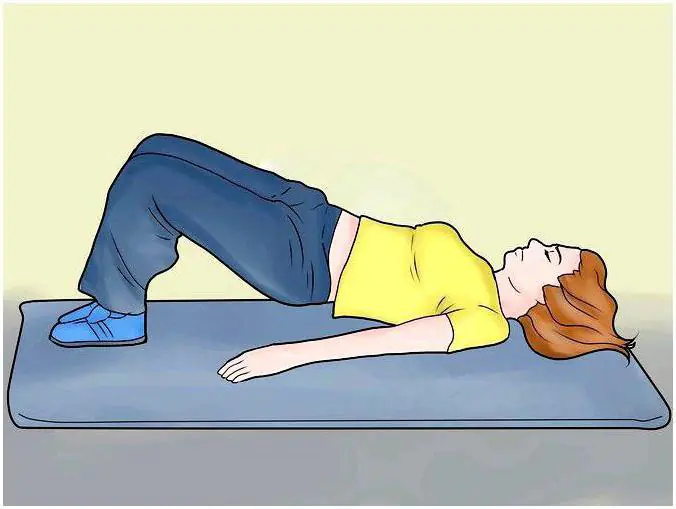
However, with sports, in the desire to return to prenatal parameters, you also cannot overdo it. Exercises should be wisely distributed and combined with other procedures that are needed when caring for a scar. If you achieve noticeable results, then you shouldn’t stop there; the ugly scar may return if you start gaining excess weight. Monitor your health, figure and weight, and then problems such as scars will disappear without a trace. And those around you will certainly admire the attractiveness of the young mother!

In the world, every seventh child is born via Caesarean section.
Despite the fact that the technique has been worked out by doctors to the smallest detail, every woman needs to understand that this manipulation carries with it unpleasant cosmetic consequences (scars, scars, etc.).
Some women do not attach importance to such a defect, but most young mothers feel complex and lack self-confidence.
This article will help young mothers choose their own individual way to solve this small problem.
The content of the article:
Types of incisions and healing stages
Connective tissue can grow and thicken, and this is due to the conditions created during the rehabilitation period.
Caesarean section is performed in two ways (depending on the clinical picture):
- Horizontal. The most popular method among specialists, the incision resembles the shape of an arc; the dissection is made above the pubic area, which should not exceed 10 cm.
- Vertical. The most convenient way to perform an operation, but it is used only in very difficult situations.
The dissection is made from the navel area down the center of the abdomen, after which a rough scar (from 15 to 20 cm) remains, which is not always possible to get rid of.
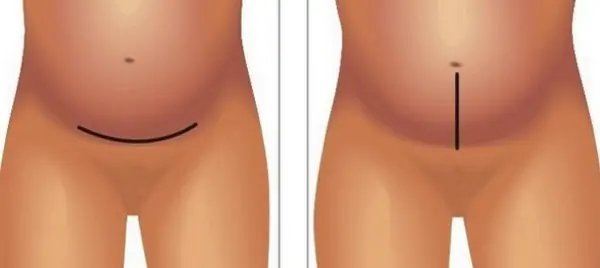
In medical practice, a “straight incision” is also used. This technique is used only when performing extraperitoneal Caesarean section. A very short incision (3 cm) is made in the natural crease of the navel area.
This technique is considered the best in terms of aesthetics, but requires a highly qualified specialist. Otherwise, the health of the young mother and baby may deteriorate. The technique is performed only for a limited number of indications.
The healing of the wound area and the visibility of the scar depends on the following indicators:
- stitching technique;
- degree of skin tension;
- the occurrence of complications during the healing period;
- taking medications that affect the course of the scarring process;
- irritation from clothing;
- individual characteristics (skin injuries of some patients heal quickly, while others have to process even small cuts for a long time).
Find out here whether there are contraindications to abdominal mesotherapy.
At this address, see a photo of the patient after removal of the ribs for the effect of a thin waist.
Dependence of aesthetic indicators on incisions
The presence of the above factors can have a positive or negative effect on aesthetic indicators, for example:
as medical practice shows, a vertical incision always scars roughly. This is explained by the fact that the skin of the abdomen is subject to constant stretching (due to muscle tension, excessive gas formation or overeating, etc.), tissue tension occurs, which does not exclude the separation of postoperative sutures.To avoid unpleasant consequences, specialists apply single interrupted stitches; they are more reliable than intradermal stitches. But after such sutures, an unaesthetic appearance remains, since during scarring the dissection area stretches and expands;
horizontal cut, not subject to tension, and a specialist can sutured it very carefully, using a cosmetic suture, there is also no risk of stretching and in the future, the scar is hardly noticeable; if the cut is straight, performed by an experienced doctor, then only a small strip remains.To make the scar after manipulation less noticeable, every woman who has given birth by Caesarean section should know how the wound heals and what needs to be done during the rehabilitation period.
The scar goes through three stages of healing:
- Immediately after surgery, a red primary scar forms with very pronounced edges where medical threads can be observed. At this stage, a woman feels severe pain and spends more time lying down.
- The first month of recovery, at this stage the scar begins to thicken, the color of the wound changes, redness and inflammation disappear. The pain is still present, but not as severe as in the first days.
- The healing of the suture is the longest stage, which lasts for a whole year. This recovery period is directly dependent on the individual characteristics of skin regeneration.
You should know that once the scar has formed, it will not be easy to eliminate the defect. To make the postoperative mark less noticeable, women in labor need to solve this problem in the first year after the intervention.
Competent postoperative care
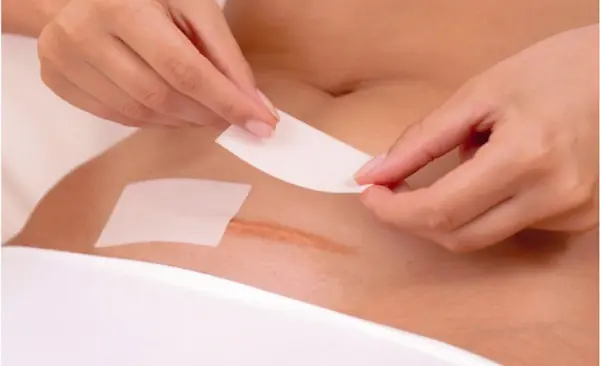
Renewal of the skin is a very long process, and does not stop after the edges of the suture have grown together and the crust that covered the wound has fallen off.
The process of scar formation and maturation lasts about 9-13 months, and throughout this period the woman must properly care for the incision area so that the scar is less noticeable in the future.
In the first days, women are prescribed medication to reduce pain. Over time, the condition improves, but discomfort accompanies the woman for several more months.
The first treatment of the surgical field and application of a bandage is carried out by the maternity hospital medical staff. The seam is carefully and carefully treated with hydrogen peroxide, which allows it to be disinfected and reduce the load.
The patient should wear a postoperative bandage for the first few days or simply have her stomach tied up. After seven days, the stitches are removed and the woman in labor goes home.
Until the scar is completely healed, it is recommended to wash the wound area only with warm water and treat it with antibacterial drugs. After taking a shower, the seam should be carefully blotted with a soft towel, then covered with a sterile bandage.
During the recovery period, the woman also feels better eliminate all physical activity, aimed at the abdominal muscles (lifting weights, standing up sharply, and others).
With proper care of the postoperative scar, the healing process proceeds faster and the scar is less noticeable.
Only after the healing period is over can you move on to the “scar removal” stage. The sooner a woman chooses her own individual method, the greater the chance of getting rid of the defect forever.
In the video, the specialist will tell you in more detail about how to care for the suture after a Caesarean section.
Methods for eliminating the defect
Modern medicine offers its patients the five most effective ways to remove a suture after a Caesarean section.
External agents (cream, ointment, gel, patch)
The simplest and most accessible treatment method that promotes rapid and effective wound healing after surgery. The course lasts from 4 to 9 months, taking into account the fact that the product must be applied daily.
Before starting this type of treatment, you must undergo a preliminary consultation with a specialist.
Particularly popular are drugs such as Contrubex, Dermatix, Fermenkol, etc.
The patches are very convenient to use; they perfectly protect the injured area from external influences.
Experts recommend applying the patch all day and removing it only for hygiene procedures. According to statistics, Mepiform or Sika-kea are considered the most effective.
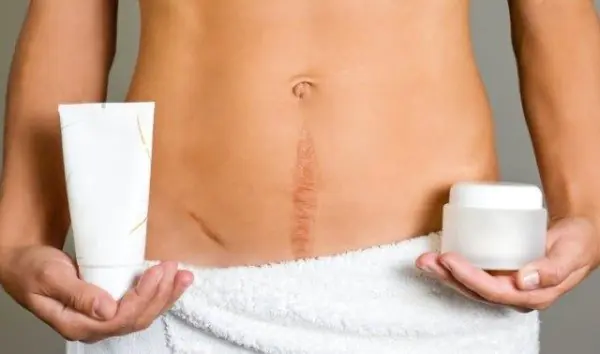
Injection methods
This technique is used in beauty salons. The drug is injected subcutaneously into the scar area. The composition includes hyaluronidase enzymes, verapamil and the glucocorticosteroid hormone (Lidaza, Longidaza, Alidaza, etc.).
The injection prevents the proliferation of connective tissue cells and promotes partial resorption of scars.
Experts consider Lidaza to be the most effective drug.
In this publication, read how to get a toned stomach at home.
Hardware cosmetology
The methods are applicable only in the presence of a formed, but rough, aesthetically unsightly scar.
The purpose of the procedure is to partially destroy the overgrown connective tissue and smooth out the contours and tone of the problem area.
Most often, in such cases, a specialist performs gentle peeling. But, if the patient has a rough scar, the cosmetologist resorts to dermabrasion, chemical peeling or laser resurfacing.
Surgical technique
This is an ordinary operation in the field of plastic surgery; the manipulation process involves excision of partial or completely healed skin tissue.
The edges formed near the wound are very carefully cut off and a new cosmetic suture is applied.
The course of scar healing occurs again. This procedure is used only in case of complications, for example, in case of wound infection or repeated suture dehiscence.
Disguise
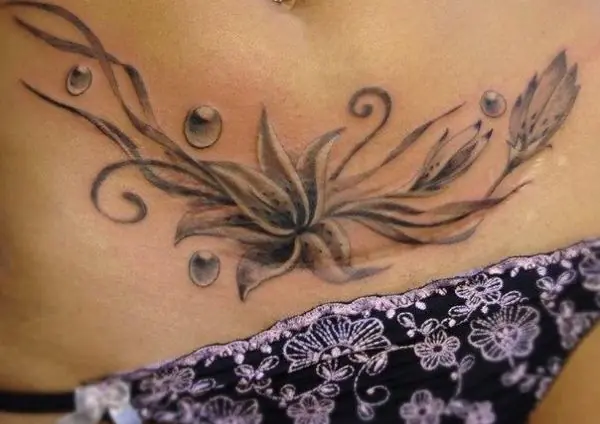
There is another gentle option to hide a scar - biological or regular tattooing. This method is in great demand among the fair sex.
To date women prefer biological tattoos, since the artist selects a coloring pigment to match their skin tone, in order to smooth out the protruding scar.
But an ordinary tattoo will allow a woman to choose a design that can disguise the defect.
All the pros and cons, the price of the issue
To make it easier for the reader to choose the most suitable option for himself, we have placed all the main points and cost of the methods in the table.
Methodology
Positive sides Negative sidesCost in rub.
Creams, ointments, plasters affordable price;independent use is allowed;
Use during lactation is allowed.
Long treatment period (from 4 months of daily use);No effectiveness in the presence of mature scars;
Its effectiveness is also low for other types of scars (depending only on the quality of the patient’s skin).
Injections Prevents the growth of keloid and hypertrophic scars; injected medications can provoke an allergic reaction and side effect (menstrual irregularities);ineffective for old scars;
It is not recommended to carry out the procedure during lactation.
from 2000 to 5000
Hardware methods significantly improve the appearance; even with fairly mature and rough scars, this is an expensive procedure, given that the desired effect will require a course;contraindicated during breastfeeding.
from 1500 to 10000
Surgery is performed only to eliminate long-term, wide and complicated scars. The operation is ineffective if there is a tendency to develop keloids;not used to correct small, thin scars;
General anesthesia is used, so there is a large list of contraindications and risks.
from 5000 to 20000
Disguise with a well-chosen tone or design can completely hide the mark from surgical intervention; tattoos are not suitable for everyone;drawings can become deformed even with slight fluctuations in weight, with age-related changes, etc.
from 3000 to 10000Reviews
Each woman is individual, and the method of treatment in such cases is also selected individually.
The most important criterion remains time - if a woman begins to properly care for the postoperative area on time, the scar may disappear or become less noticeable.
Please leave a review if you have tried any treatments for scars and if they are effective.
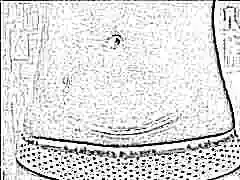
A scar left after surgical childbirth can significantly spoil the appearance of a woman’s abdomen, but you want to be beautiful and attractive at any age, regardless of the number of children. Therefore, one of the pressing issues for women is the problem of eliminating the scar, its camouflage.
How does the external suture heal?
The reasons why a woman has a caesarean section can vary. The circumstances in which the operation takes place also vary, hence the different incisions on the abdominal wall.
In elective surgery, a low horizontal incision is usually made along the pubic line. It is relatively small and located in an area where skin tension is minimal. This incision makes it possible to make a cosmetic suture, which will be more labor-intensive for the surgeon and will require a special technique for applying material to the edges of the surgical wound, but it heals faster and then becomes invisible. Today, such incisions account for more than 90% of all delivery operations.
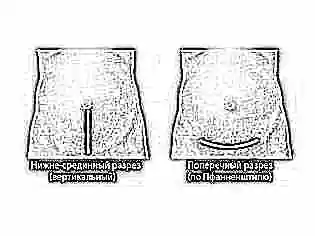
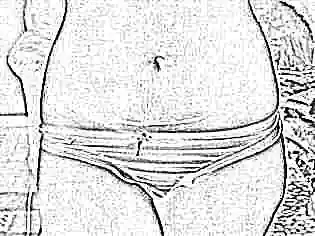
In case of an emergency operation, when circumstances arise that prevent the normal birth of the baby already during the birth process, a cesarean section can be performed with a vertical dissection: from the navel down perpendicular to the pubic line. Such an incision requires less time and allows you to quickly remove the child, which is invaluable in situations where the speedy extraction of the baby is a matter of life and death.
This dissection is called corporal. Such a suture takes longer to heal, and various complications cannot be ruled out. After the operation, it remains quite bright and noticeable, often sloppy, spoiling the appearance of the abdomen. If the healing of a horizontal scar in the lower abdomen requires an average of about 20 days, then a vertical suture will heal in about 60 days.
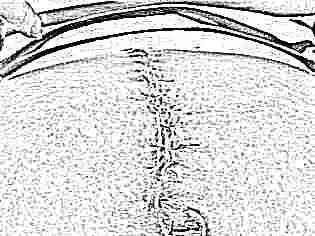
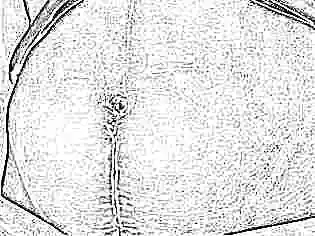
The healing mechanism is quite simple. The edges of the wound, tightened with suture material or special staples made of copper alloy, are tightened due to the formation of new connective tissue cells. Gradually, not only the integrity of the tissue is restored, but also of the blood vessels and nerve endings crossed at the time of surgical delivery.
Types of scars
The softer and more correct the rehabilitation process, the smoother the scar will be. The presence of inflammatory areas, places of immune rejection of threads makes the seam uneven, unsightly, and sometimes even keloid if a woman has an individual tendency to excessive growth of connective tissue. This tendency may well be inherited.
After surgery, during the first month, the scar is usually bright, painful, and dense. Gradually he turns pale. As collagen is produced by new cells that appear to replace those damaged during surgery, the scar becomes softer, its borders are smoothed out and do not protrude. Such an inconspicuous scar is usually called normotrophic. It does not cause significant anxiety and does not spoil the appearance of the abdomen.
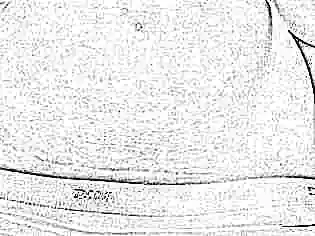

In the presence of aggravating factors, both internal and external, the scar can heal with difficulty, with complications, and then one of the types of pathological scars is formed: keloid, hypertrophic or atrophic.
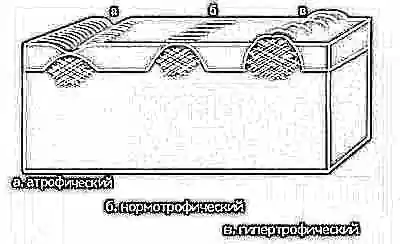
How to remove a pathological scar?
If the external scar healed within the prescribed time frame, this process was not accompanied by inflammation, weeping, the formation of adhesions, fistulas, or hernias, then after 3-4 months it will be indistinguishable. The scar is neat, does not protrude above the surface of the skin, is uniform, and stretches well.
Normotrophic scars do not need to be removed - it is enough to treat them for some time with special ointments, gels, or use absorbable patches at home.
Regenerating ointment "Kontraktubeks" in most cases helps to reduce the external manifestation of an already barely noticeable scar.
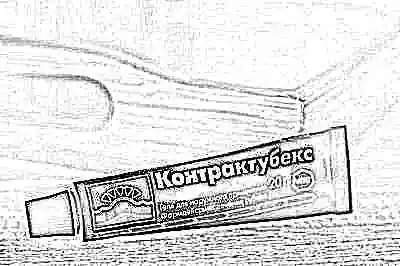
A hypertrophic scar, which protrudes above the general level of the skin, initially hurts and even peels off, but over time it can decrease on its own or remain the same size, but it tends to fade.
In the fight against hypertrophic scars, both local remedies and cosmetic procedures are usually recommended. Ointment alone cannot cope with such a scar; the most effective way is to use a set of measures.
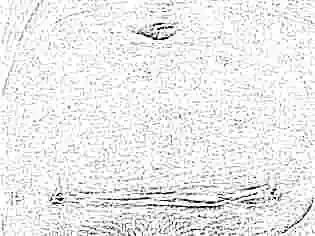
Atrophic sutures are quite rare. Such a scar looks sunken, sunken, pale. Its level is lower than the general level of the skin. Techniques that promote the production of collagen and fill the “dip” with it help to get rid of an unsightly line on the stomach.
As with hypertrophic scars, cosmetic treatments, topical treatments, and minor medical procedures such as hyaluronic acid injections into the scar area can help.
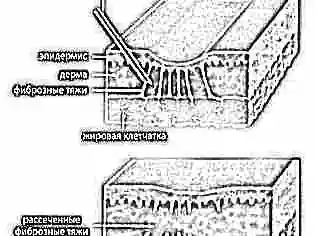
Keloid scars tend to grow. Even six months after the operation, the scar remains bright, purple or red, saturated; it gradually grows into neighboring completely healthy tissues. The surface of the scar protrudes strongly, the edges are uneven, and upon palpation the scar is painful and dense. Such a flaw will require medical correction, sometimes even surgical excision, and at the stage of recovery after treatment - cosmetic procedures.

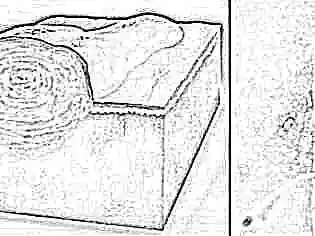
You need to be clearly aware that the very formulation of the question of how to get rid of a scar is incorrect. It is completely impossible to get rid of it, but it is quite possible to make the postoperative suture more neat and less noticeable.
Methods for correcting a fresh scar
The younger the scar, the more effective conservative topical treatments may be. Ointments and gels, of course, do not guarantee results in most cases, but it’s worth a try. A scar that is less than 1 year old is considered young.
If the scar lasts longer than 12 months, conservative treatment is considered ineffective. Silicone-based products, hormonal agents and enzyme-containing preparations in the form of gels, ointments and patches are suitable for correcting young scars.
The use of local reagents is strictly contraindicated until the postoperative wound has completely healed. If there are problems, there is discharge from the scar, or its integrity is compromised, then local therapy should not be used.
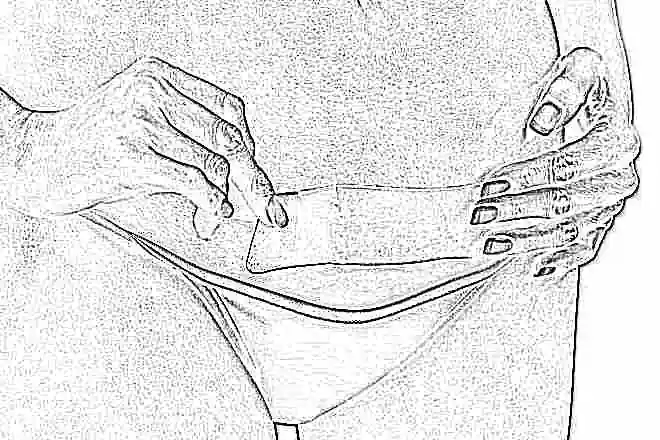
A woman can use local medications within one and a half to two months after surgery, if there are no complications. Your doctor will help you choose a drug. Pharmacists offer a wide range of such products. The best silicone-containing reagents are Dermatix, Regivasil, and Zeraderm.

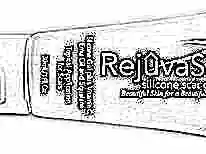
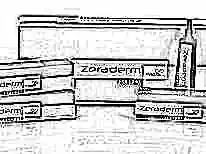
Among hormonal agents, the best results, according to reviews, are shown by glucocorticosteroids and costosteroid hormones - they not only prevent the development of inflammation, but also at the hormonal level suppress the production of excess collagen and the proliferation of connective tissue. You should not take them without a doctor's prescription, especially for breastfeeding women.
Enzyme preparations do not have as many contraindications as hormonal ones, and therefore are more widely used. These include “Kontaktubex”, as well as “Fermenkol” and the usual “Heparin ointment”.
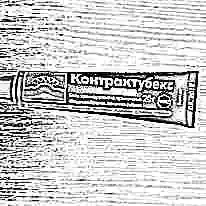
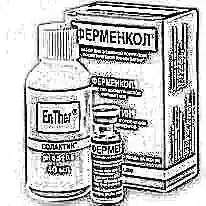
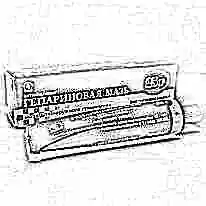
There is another subgroup of enzyme preparations: products based on oils and vitamins. They do not have a pronounced effect and will most likely be completely useless in the presence of a rough and sloppy scar, however, they can well be used by the happy owners of neat cosmetic scars.
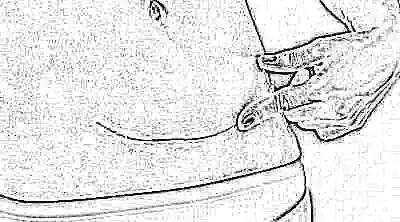
How to remove an old scar?
If a scar remains ugly after a year, and a woman wants to correct it, then we will talk about a set of measures to correct old scars. Local means are no longer able to cope with this task on their own - a complex effect is needed. As a rule, if we are not talking about a keloid scar, doctors recommend starting with the use of local products simultaneously with cosmetic procedures.
To begin with, hyaluronic acid or other substances can be introduced into the deep layers of the connective tissue of the scar using electrophoresis or phonophoresis - their usual external use will no longer be effective. With phonophoresis, the substance will be introduced deeper using an ultrasonic wave, and with electrophoresis, with the help of an electric current.
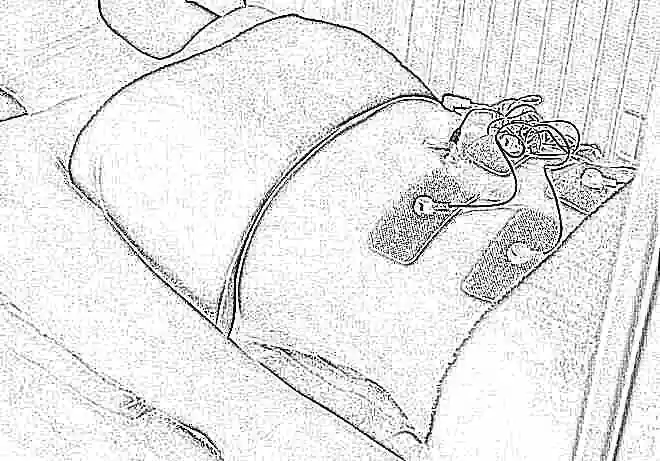
The bad news is that treatment will take a long time. It is reassuring that a woman does not have to attend such procedures in a physical room. Today there is a large selection of compact devices for home use that will help you undergo treatment without significant time investment.
If such a set of measures does not produce an effect, then you can try to resort to the services of beauty parlors and clinics - they can offer a woman some useful procedures.
- Chemical peeling of the seam. This is a procedure in which the scar is peeled using fruit acids and abrasive materials, thereby improving its condition and blood circulation. Several sessions are needed, the result is not guaranteed.
- Laser resurfacing. This is a method that involves the gradual and layer-by-layer removal of overgrown connective tissue from the scar. This procedure is quite painful, expensive, and requires quite a lot of them.
- Injection correction. This is a method in which hyaluronic acid or other substances will be injected into the scar area to dissolve the pathological growth.
Plastic surgery comes to the rescue in the fight against severe keloid scars.
There are various methods for excision of sloppy pathological scars. In essence, excision is a new operation. The disadvantage is that no doctor can guarantee that the keloid scar will not return, because the tendency to overgrow connective tissue can be genetic, and postoperative complications have not been canceled.
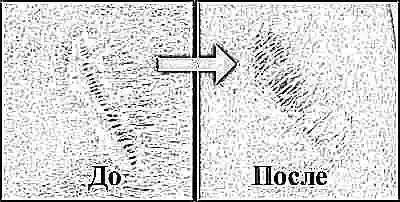
It should be noted that there must be compelling reasons for surgical excision. Plastic surgeons will not remove small scars, even if their appearance does not suit the patient too much - they will recommend other, more gentle methods.
Today, such a type of correction as a tattoo in the scar area is becoming increasingly popular. A skilled tattoo artist will make a woman’s stomach not just normal, but truly beautiful, and the scar will be completely invisible. This method is not suitable for those who are planning to lose a lot of weight. As you gain weight, the skin of your abdomen will also stretch and the pattern will become unsightly.
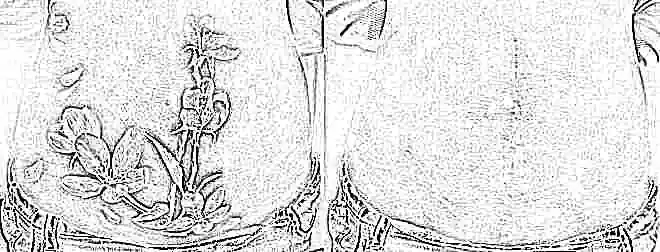
It is worth adding that the tattoo is not suitable for women who are planning to give birth. While carrying the baby and after the next cesarean section, you will not only have to come up with a new method of disguise again, but also remove the old tattoo, and this is painful and unpleasant.
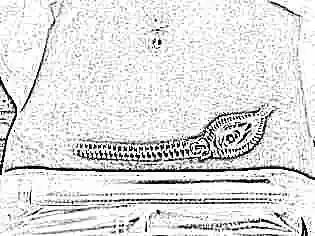
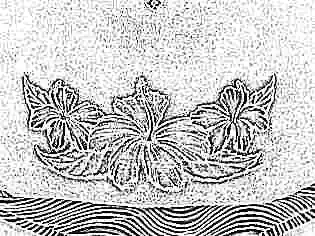
You can learn more about the post-operative scar from a cesarean section in the following video.
medical reviewer, psychosomatics specialist, mother of 4 children



